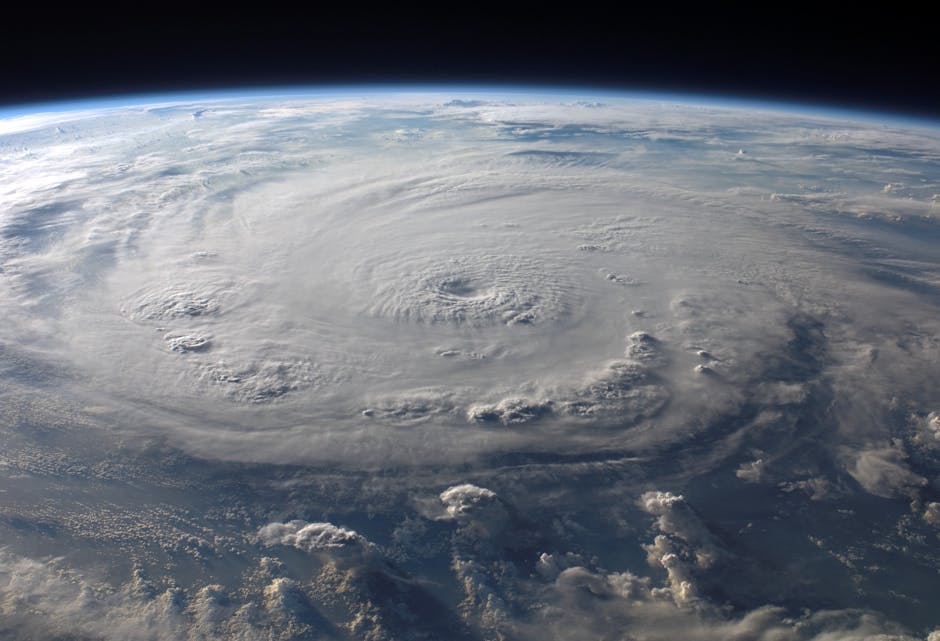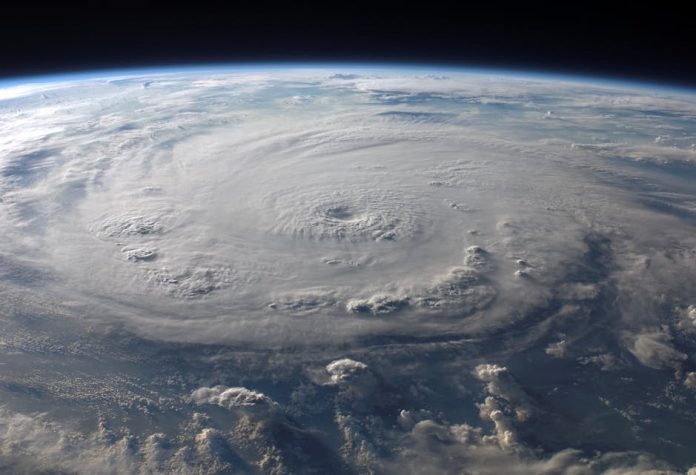
The Department of Defense (DoD) is making a significant shift in its weather data strategy, a move that has raised serious concerns within the scientific community and among civilian agencies. The Pentagon plans to cease providing crucial satellite-based weather data to organizations like the National Oceanic and Atmospheric Administration (NOAA) and the National Weather Service (NWS). This decision could have far-reaching consequences for weather forecasting, disaster preparedness, and even national security.
For decades, the DoD has been a key provider of weather data, leveraging its advanced satellite infrastructure to gather vital information about global weather patterns. This data has been instrumental in improving the accuracy of weather forecasts, enabling better preparedness for extreme weather events, and supporting a range of civilian applications, from aviation and agriculture to public health.
The Core of the Problem: Shifting Priorities and Cost-Cutting
The DoD’s rationale behind this decision appears to be a combination of shifting strategic priorities and cost-cutting measures. With the focus on new military satellite programs, the DoD is reassessing the allocation of resources. Civilian agencies, dependent on this critical weather data, are now facing a significant gap in their data streams. The impact will be more pronounced during severe weather events. The accuracy of forecasting during extreme hurricanes or flash flood warnings is especially important.
What’s at Stake: Accuracy, Preparedness, and Safety
The loss of access to DoD weather data could significantly impact the accuracy of weather forecasts. While NOAA and other civilian agencies have their own satellite systems, the DoD’s data provides crucial inputs and a more comprehensive view of the atmosphere, especially in remote or strategic areas. Without this data, forecasts may become less reliable, potentially leading to:
- Reduced accuracy of severe weather warnings: Making it harder to predict and prepare for hurricanes, tornadoes, and other dangerous events.
- Challenges for aviation and maritime navigation: Affecting flight paths, shipping routes, and safety protocols.
- Impact on agriculture and resource management: Affecting crop planning, water resource management, and disaster response.
- Potential national security implications: Undermining the ability to monitor and respond to potential environmental threats or weather-related crises.
The Path Forward: Collaboration and Investment
Addressing this issue requires a collaborative approach. The DoD, NOAA, and other relevant agencies must work together to mitigate the negative impacts of this data gap. Possible solutions include:
- Increased investment in civilian satellite programs: Allowing NOAA to build or acquire its own advanced weather satellites to replace the lost data.
- Enhanced data sharing agreements: Facilitating the continued sharing of available data between the DoD and civilian agencies.
- Public-private partnerships: Collaborating with the private sector to develop and deploy innovative weather monitoring technologies.
The decision by the Pentagon to limit weather data sharing highlights the complex interplay between national security, scientific research, and public safety. Finding a sustainable solution is crucial to ensuring that we continue to have accurate weather forecasts and are adequately prepared for the challenges posed by our ever-changing climate. This has ramifications for the overall safety and welfare of the global community.

